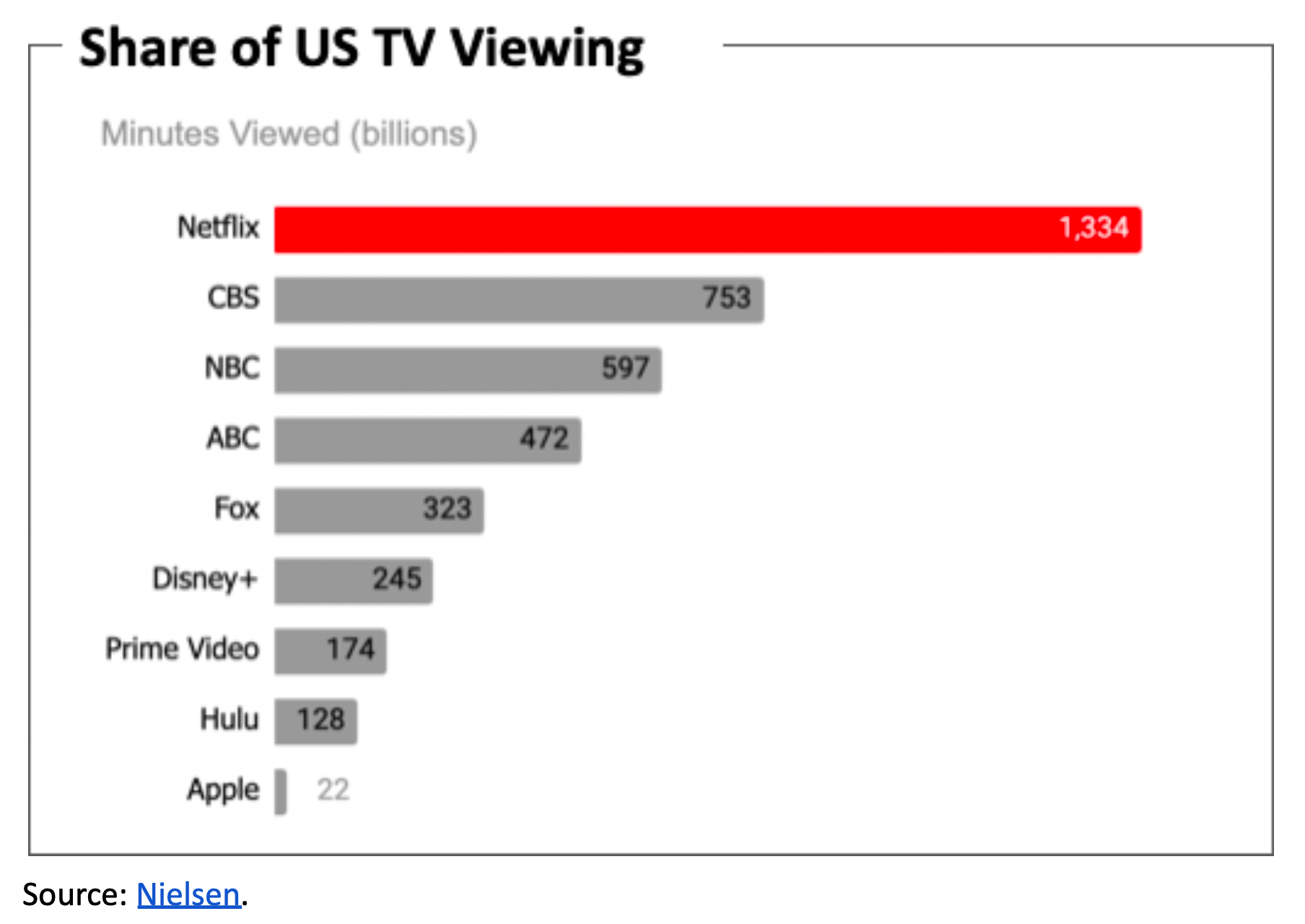Netflix’s Advertising Ambitions

Consumers are feeling the pain of inflation. Yesterday, AT&T reported that its wireless customers are having trouble paying their bills on time. On its earnings call, CEO John Stankey noted:
And when you see 9% inflation, it tends to hit those in the low end of the market really, really hard. And it's difficult when you walk up to the gas pump and have to fill the car, and you get the electric bill coming in and you see the kind of step-ups that people are seeing. And I think there's an adjustment period that goes on.
[…]
But there is a portion of the base that clearly is starting to adjust to this dynamic that there's higher calls on their cash in any given quarter. And they're having to adjust between patterns and behaviors and prioritization of how they order bills. And I think we're seeing that there's a little bit of that starting to occur.
When the cost of living goes up, cheaper entertainment becomes more valuable. And Netflix aims to deliver. On Tuesday, during its Q2 earnings call, Netflix confirmed some details of its lower-priced ad-supported tier.
Netflix thinks it can make more money per member (what it calls ARM, or Average Revenue per Member) through an ad tier than it does through its current subscription product.
Here’s the comment from Netflix COO Greg Peters:
And when we run the models and talking to brands, advertisers to Microsoft, we look at the monetization that is the complement to that sort of subscription part of the ad-supported offering, and we're quite optimistic that the sort of unit economics work to make that monetization sort of equal or maybe even better than what we would see on the comparable side for the non-ad, subscription-only kind of plans. So we think that this is, again, expansive from a member reach perspective but also neutral to positive on the unit economics and monetization. So that's great for us for—obviously from a business perspective.
Netflix also showed off its share of US TV viewing in minutes. Even though this is still only 7.7 percent of all TV viewing in the US, it dwarfs its competitors in broadcast and streaming:

When it comes to advertising, therefore, Netflix has promise. But it won’t be quick.